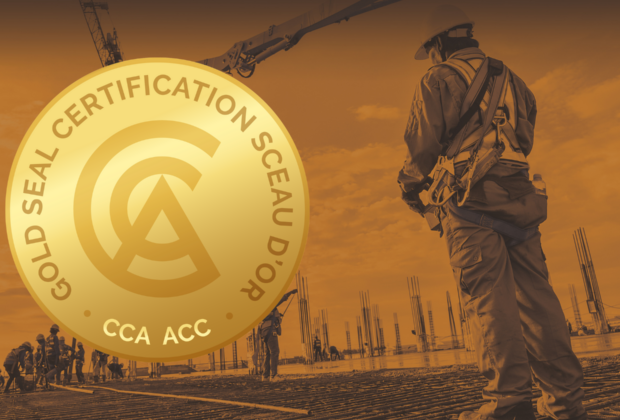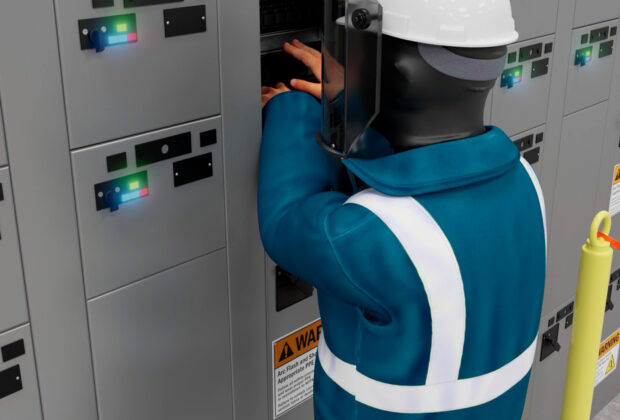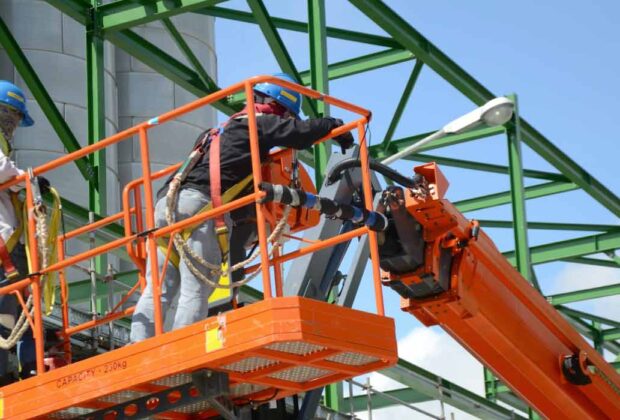AQs – Bill S-229, An Act respecting underground infrastructure safety
Senator Grant Mitchell has introduced Bill S-229, An Act respecting underground infrastructure safety, which entered Second Reading debate on October 4, 2016. This legislation will reduce the costs and increase safety associated with damages to our underground infrastructure by addressing the need for a mandated comprehensive call/click-before-you-dig notification system across Canada.
CCGA members may be fielding questions pertaining to the legislation. A list of FAQs follows.
A: What does the Underground Infrastructure Safety Enhancement Act do?
This bill creates a federal underground infrastructure notification system that requires, among other things,
- Owners of underground infrastructure that is federally regulated or that is located on federal land must register their underground infrastructure with a notification centre,
- Persons planning to undertake a ground disturbance activity to make a locate request to the relevant notification centres; and
- Operators of registered underground infrastructure, because of the locate request, to mark the location of the underground infrastructure on the ground or provide an accurate and clear description of the location of the underground infrastructure or provide written confirmation that the ground disturbance will not cause damage to underground infrastructure.
The enactment also provides a mechanism by which reserves and some lands subject to the Indian Act can become subject to this notification system, after consultation with the council of any band in question.
Q: Why do we need this bill?
A: When digging occurs without initiating the damage prevention process, ie: a procedural verification through a One-Call / Notification Centre to determine if there is underground infrastructure at the location in question, there is a significant and unnecessary risk to public safety, worker safety and the environment. By and large, Canadians will likely not face serious injury because of damaged underground infrastructure. However, the direct and indirect societal costs attributed to damaged underground infrastructure can amount to approximately $1 billion each year.
Q: Who is subject to the bill?
A: All federally regulated underground infrastructure and underground infrastructure on federal lands will be subject to Bill S-229 if it receives Royal Assent.
Q: Does this bill apply to municipalities? What about airports and military bases?
A: If Bill S-229 becomes law, it will not apply to municipalities, unless it is a building or piece of land regulated or owned by the federal government. It does apply to airports. The Minister may exclude military bases or stations, in whole or in part from the legislation, for confidentiality and security purposes.
Q: How will Bill S-229 impact reserves?
A: This Act does not apply to underground infrastructure that is located on a reserve or on surrendered land or any other land set apart for the use and benefit of a band and subject to the Indian Act, unless that reserve, surrendered land or other land is designated by a Minister. An opt-in and opt-out clause remains in the bill. Therefore, if underground infrastructure crosses a reserve, or is owned by the reserve, it will have to be registered but the reserve can opt out of the obligation to locate or mark. However, a number of reserves have registered their underground infrastructure with their respective provincial One-Call Centres.
Q: When will this bill become law?
A: In order for this bill to become law, it must go through the standard legislative process in the Senate and the House of Commons. Senator Grant Mitchell estimates that it could be completed by Fall 2017.
- First reading
The Senate receives the bill, and it is printed and circulated among senators. This is an introductory proceeding in the Senate Chamber and takes place without debate or vote.
- Second reading
Senators debate the principle of the bill in the Chamber (Is the bill good policy?). To help with this process, the Senate may refer the subject matter of the bill to a Senate Committee for closer examination before voting on whether to proceed with it.
- Committee stage
The Senate refers the bill to one of its committees. The Committee may invite Cabinet ministers, Government officials, experts, and members of the public who have an interest in the bill to share information and perspectives in public hearings. Committee members then study the bill clause by clause. Members of the Committee may propose changes to the bill (known as amendments) during this process.
- Report stage
If the Committee’s report recommends adopting the bill as is (i.e., with no amendments), there is no Report Stage in the Senate and the bill goes directly to Third Reading. If, however, the report suggests amendments to the bill, Senators must debate the report in the Senate Chamber and either accept, amend, or reject the amendments, in whole or in part.
- Third reading
This is the final stage of debate in the Chamber. Senators may propose further amendments at this stage before voting to pass or reject the bill.
After the bill has been passed in the Senate, it must have a Sponsor in the House of Commons who introduces it and sends it through a similar process as noted above.
Q: What can I do to help?
A: We are asking all stakeholders and members of the general public who are interested in protecting underground infrastructure to do the following:
- Go to canadiancga.ca/legislation and mail the appropriate letter to your local MPs and Senators stating your support for Bill S-229
- Like us and share our page on Facebook: https://www.facebook.com/DigSafeCanada/
- Follow and retweet us on Twitter at @CanadianCGA and use #S229 and #DigSafe



Comments are closed.